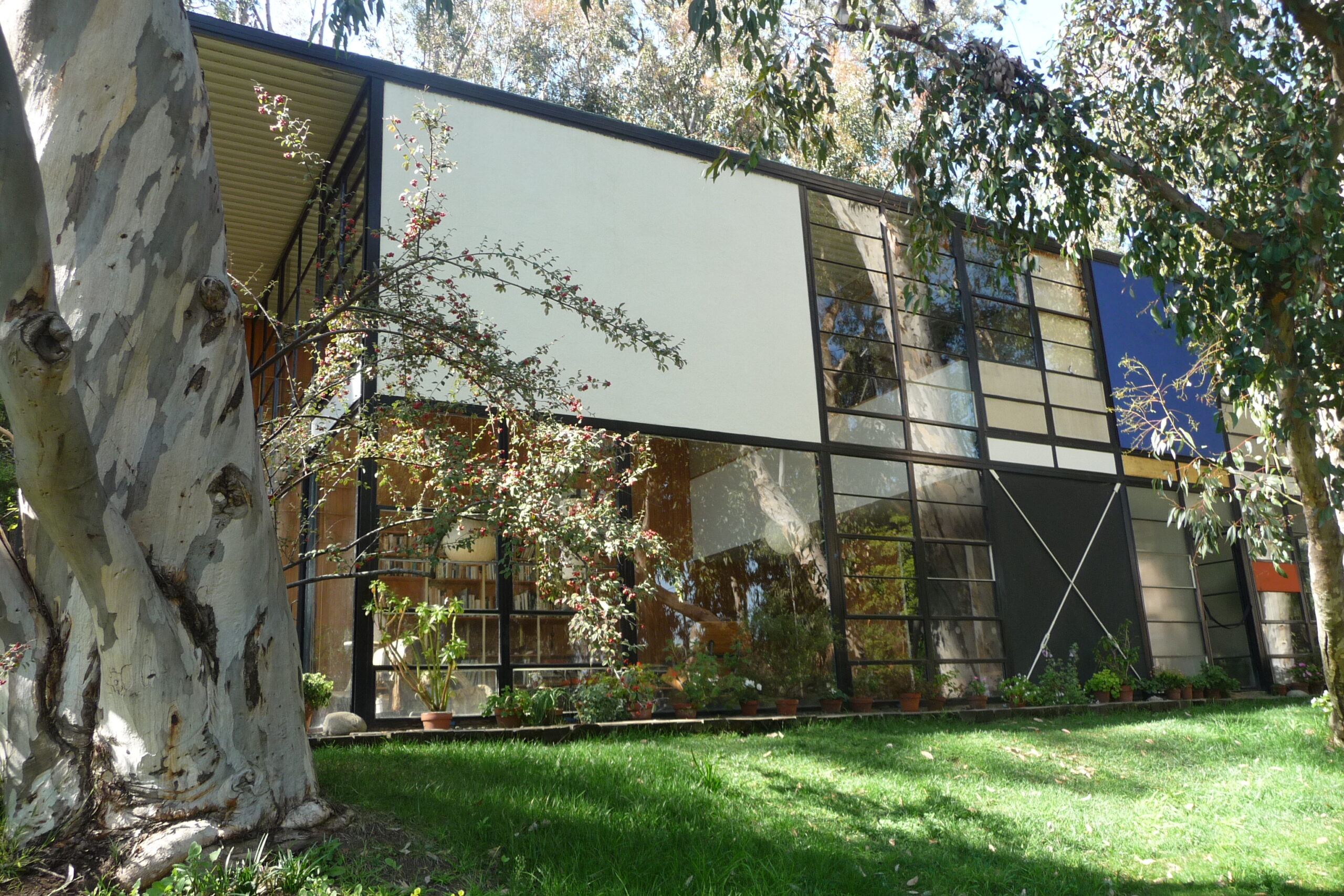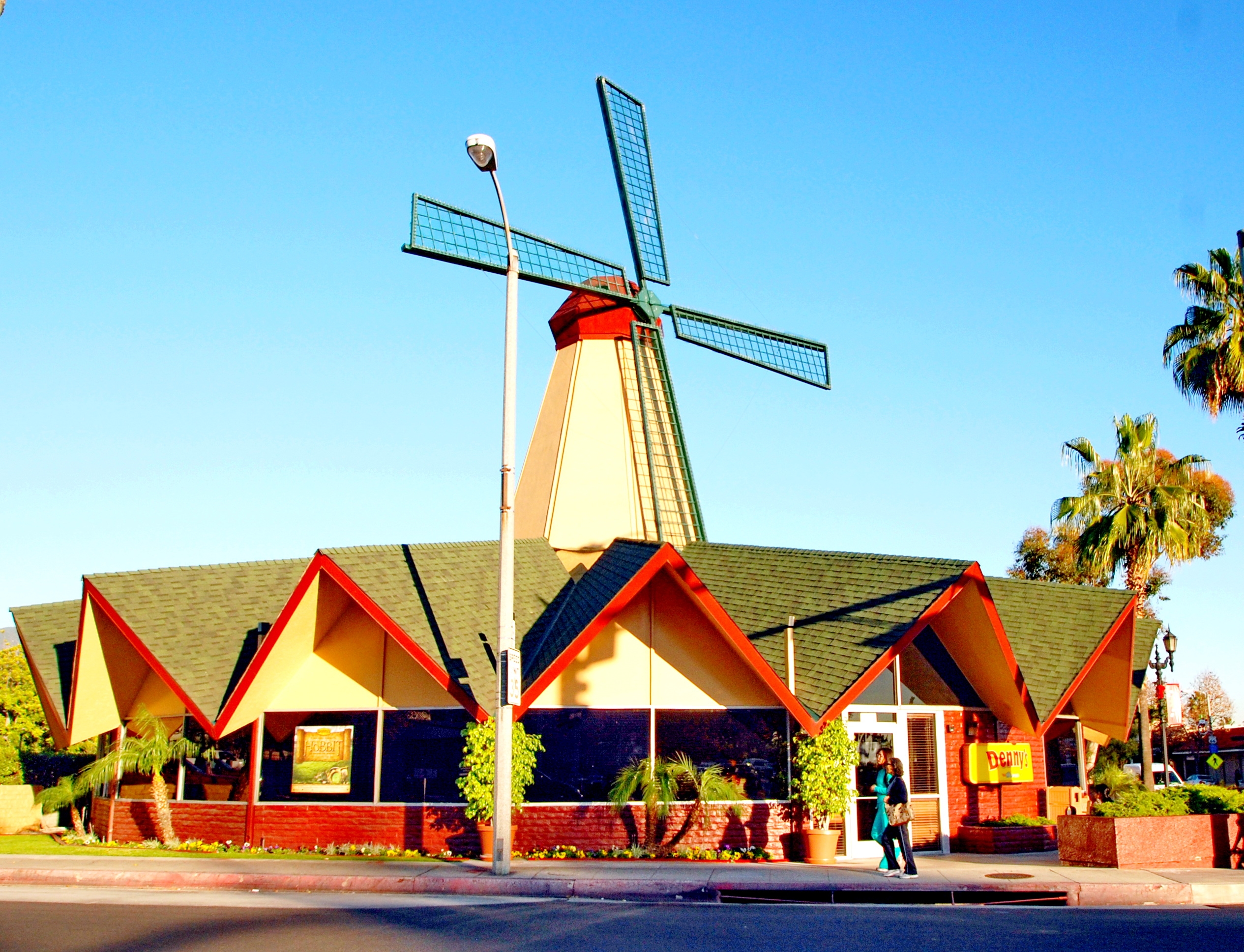
Place
Case Study House #28
The last single-family house built under the Case Study House program is also among the largest.


Place Details
Address
Get directions
Architects
Year
Style
Decade
Property Type
Case Study House #28 was the last single-family house built under the auspices of Arts & Architecture magazine’s Case Study House program. At 5,000 square feet, it is also among the largest. Construction began in 1965 and the residence was completed in 1966. It was built on a knoll overlooking the Janss Development Corporation’s Conejo Development in Thousand Oaks.
Designed by Conrad Buff and Donald Hensman, the house features steel frame construction but is sheathed in face brick, owing to the building’s sponsorship by the Pacific Clay Products Company.
The architects were asked by Janss and Pacific Clay Products to design a house that used face brick, a unifying material throughout the development, as a structural material to demonstrate its advantages. However, a steel frame was incorporated in the design to supplement the brick.
The design of Case Study House #28 is an alternative to previous houses in the program that consisted primarily of glass and exposed steel. Here, the exposed brick resulted in a finish requiring little to no maintenance. The steel framed brick walls allowed the architects large expanses of glass, including clerestories. The footprint of the house includes two parallel symmetrical wings, 95-feet by 19-feet each, connected by two parallel glazed corridors. One wing is devoted to private family spaces and incorporates five bedrooms and three baths, while the other wing includes living, dining, kitchen, family, and powder rooms.
The wings of the house and glazed corridors form an outdoor central courtyard, paved in brick, with a swimming pool and planting areas that provide the classic indoor-outdoor visual connection afforded by the predominant use of floor-to-ceiling perimeter glass. This design exemplified the classic concept in modern architecture of merging interior and exterior spaces through glass expanses and seamless materials.



